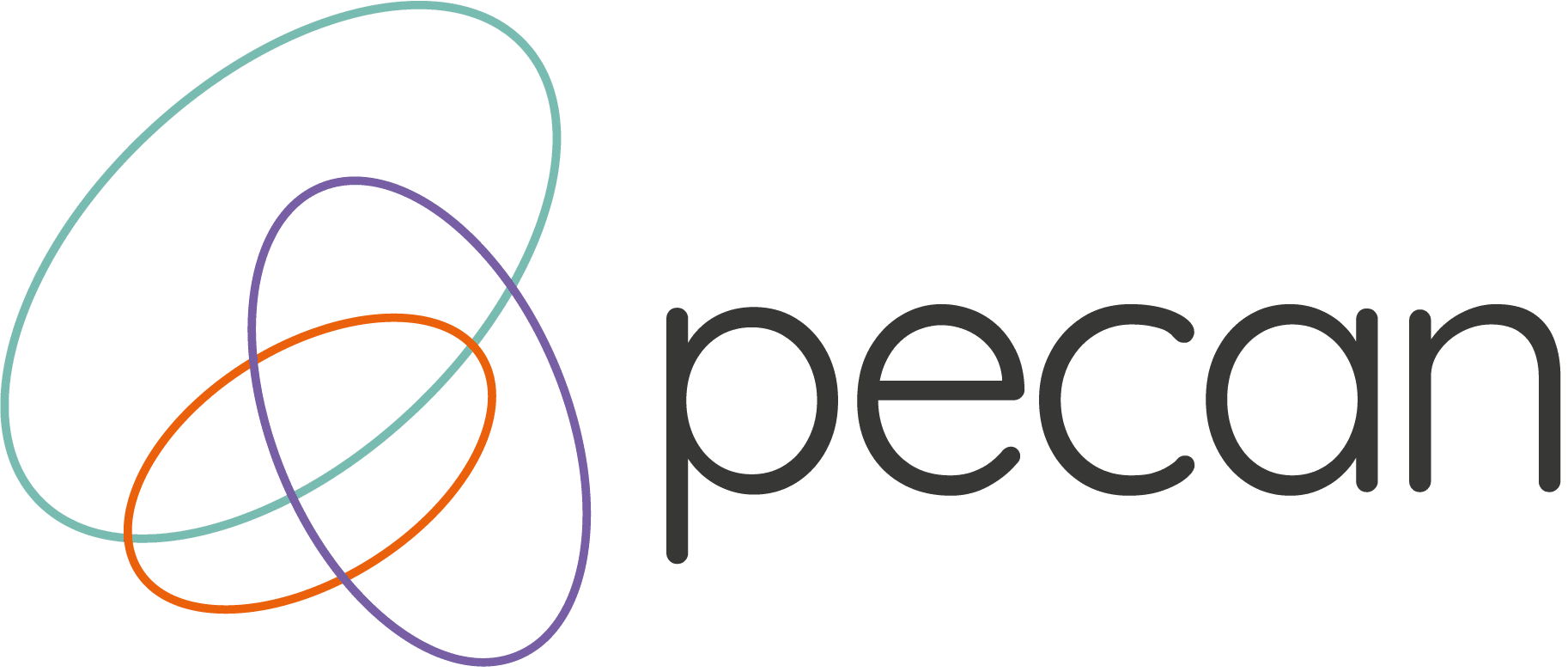Diverse and inclusive cultures
Diversity is a fact; inclusion is an act. Successful organisations know that by fostering a diverse and inclusive culture, they can get the very best from their people. It’s not just the right thing to do ethically, it’s also the right thing to do for organisational success, the bottom line, and attracting and retaining great talent.
Many organisations are working to increase representation from diverse groups in their organisation. That’s great – but if it’s just about recruitment and retention, then they’re missing a massive trick.
Diversity and inclusion should never be a tick-box exercise. Because by creating an inclusive culture – one in which everyone truly belongs, is involved, and can be their true self – individuals will do their best work, and organisations will be able to flourish.
Depending on where you are in your EDI maturity journey, we can support with any of the following services:
This may include the following:
- Review existing plans, processes and ambitions
- Observations, interviews, focus groups and a short all-staff survey
- Analysis, insight and recommendations
- Working In collaboration with the client design team to develop and gain agreement to the strategy

Employee Resource Groups (sponsored and supported by the organisation) can be a powerful way of bringing people together
An essential start point is to find ways of hearing colleague stories in an open, safe, enquiring and non-judgemental way:
- Developing deep, empathetic insight into the day-to-day experiences, expectations, and practical needs of those you intend assisting in your EDI work
- Surveys, interviews and focus groups to identify the priorities and challenges

Regularly recognise and share examples of inclusive leadership in action, and explain what makes them great
Any EDI strategy needs to be well thought through, balance immediate needs and long-terms aspirations and demonstrate action.
How it is then communicated to the organisation is vital in creating buy-in and needs to be planned intentionally and creatively:
- Using insights to build engagement, trust and readiness for change
- Communication, forums and dialogue

Inclusion should be a day-to-day priority for everyone, so make actions quick, simple and easy to repeat
The EDI strategy will lay out objectives and broad timings, but it is essential to articulate the ‘how’ in more detail in order to build trust and maintain confidence:
- Co-creating aims, outcomes and targets
- Designing win-win strategies
- Plotting the sequence of change
